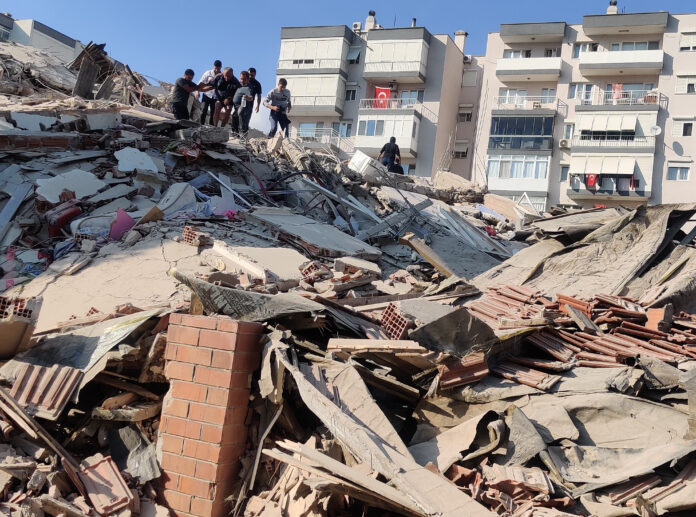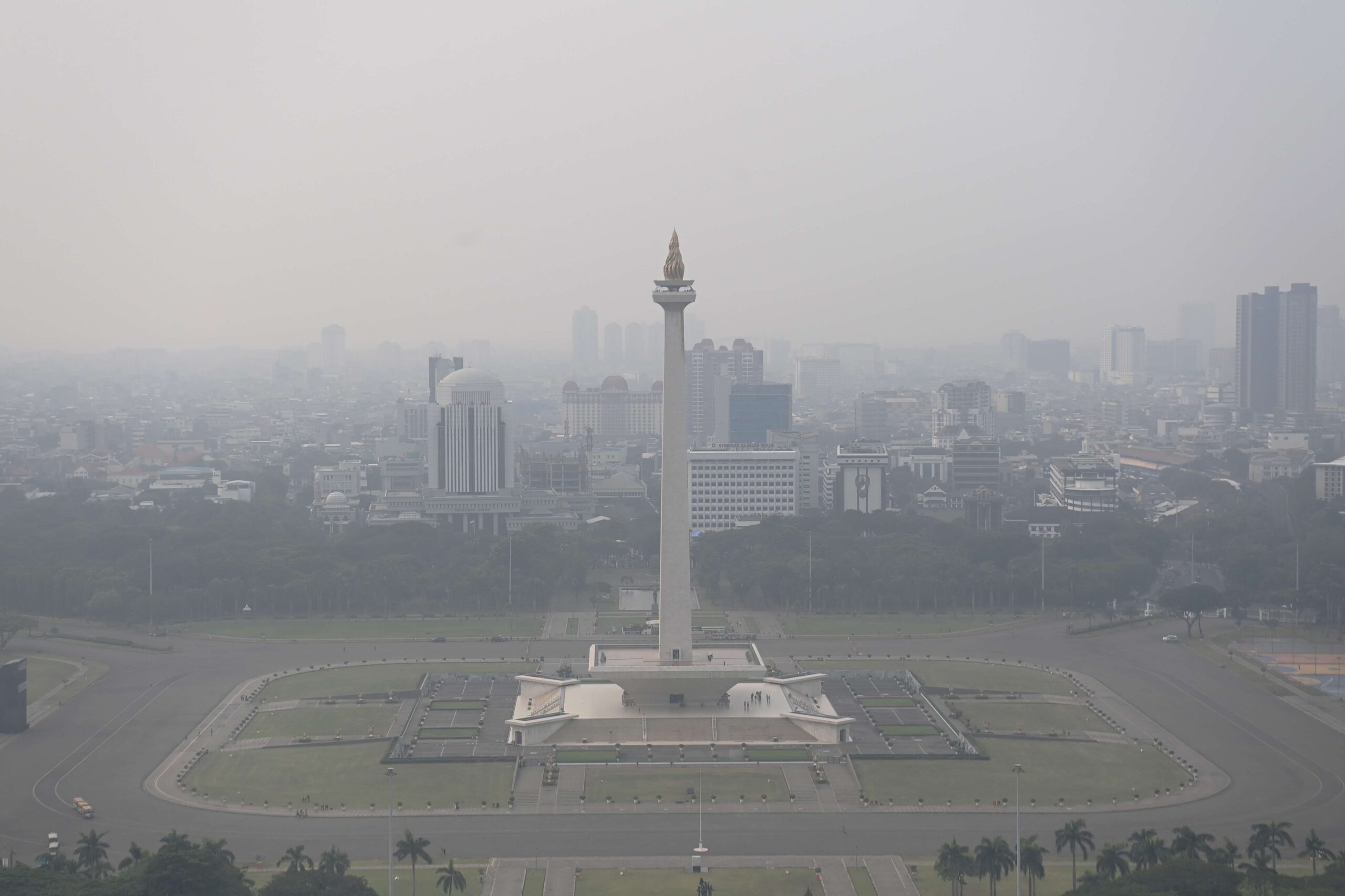The Meteorology, Climatology, and Geophysics Agency (BMKG) has warned that Indonesia needs to be vigilant against the potential occurrence of catastrophic and complex earthquakes, like the one with a magnitude of 7.8 that killed around 44,000 people in Turkey and approximately 5,000 people in Syria.
Indonesia is located in a seismically active region, which makes it vulnerable to earthquakes triggered by active faults.
The Head of the Meteorology, Climatology, and Geophysics Agency, Dwikorita Karnawati, explained that the Turkey earthquake reminded many countries that active faults with horizontal slip movement (strike-slip) on land can cause catastrophic and complex earthquakes.
Dwikorita highlighted that the Turkey earthquake with a moment magnitude (Mw) of 7.8 could break the entire segment of the East Anatolia Fault (6 segments: Turkoglu, Golbasi, Yarpuzlu, Lakehazar, and Gorzali) along 300 km.
This phenomenon serves as a warning for Indonesia to be prepared for potential multi-segment earthquakes that are highly likely to occur.
Similar phenomena occurred on Lombok Island in 2018, where five strong earthquakes with magnitudes of Mw 6.4, Mw 7.0, Mw 5.9, Mw 6.2, and Mw 6.9 occurred within three weeks.
Dwikorita also stated that large earthquakes like these could break almost all segments of the East Anatolia Fault and trigger earthquakes on other fault lines, such as the Sürgü fault system to the west, which can cause earthquakes with magnitudes of Mw 7.5 and Mw 6.0.
As a result, the impact worsens the level of building damage that has already been affected and expands the earthquake damage zone.
The main fault zones surrounded by other faults are also found in Indonesia, such as the Cimandiri Fault, Semangko Fault, Palu-Koro Fault, Aceh-Seulimeum Fault, Kawa Fault, and others, with similar characteristics to the East Anatolia Fault.
The earthquake in Turkey occurred near urban centers and large cities in south-central Turkey, where 13.5 million people live. The worst damage occurred in the provincial cities of Hatay, Kahramanmaras, Gaziantep, Adiyaman, and Malatya.
Therefore, the experts at the Focus Group Discussion recommended special attention to be given to active faults that pass through densely populated residential areas near large cities, such as the Sumatra Great Fault, Lembang Fault, Opak Fault, Palu-Koro Fault, and others.
Dwikorita concluded that this event should be a crucial lesson for Indonesia.
One of the essential things that Indonesia needs to do is to strengthen its earthquake mitigation system, such as strengthening or developing studies, research, or technology, enhancing continuous and comprehensive earthquake monitoring systems, and updating or developing seismic hazard maps.
Furthermore, Indonesia needs to strengthen its ground motion study, pay attention to the earthquake-resistant building construction with building codes, enforce regulations that support earthquake mitigation systems, and provide inclusive and sustainable education, literacy, and advocacy.
























